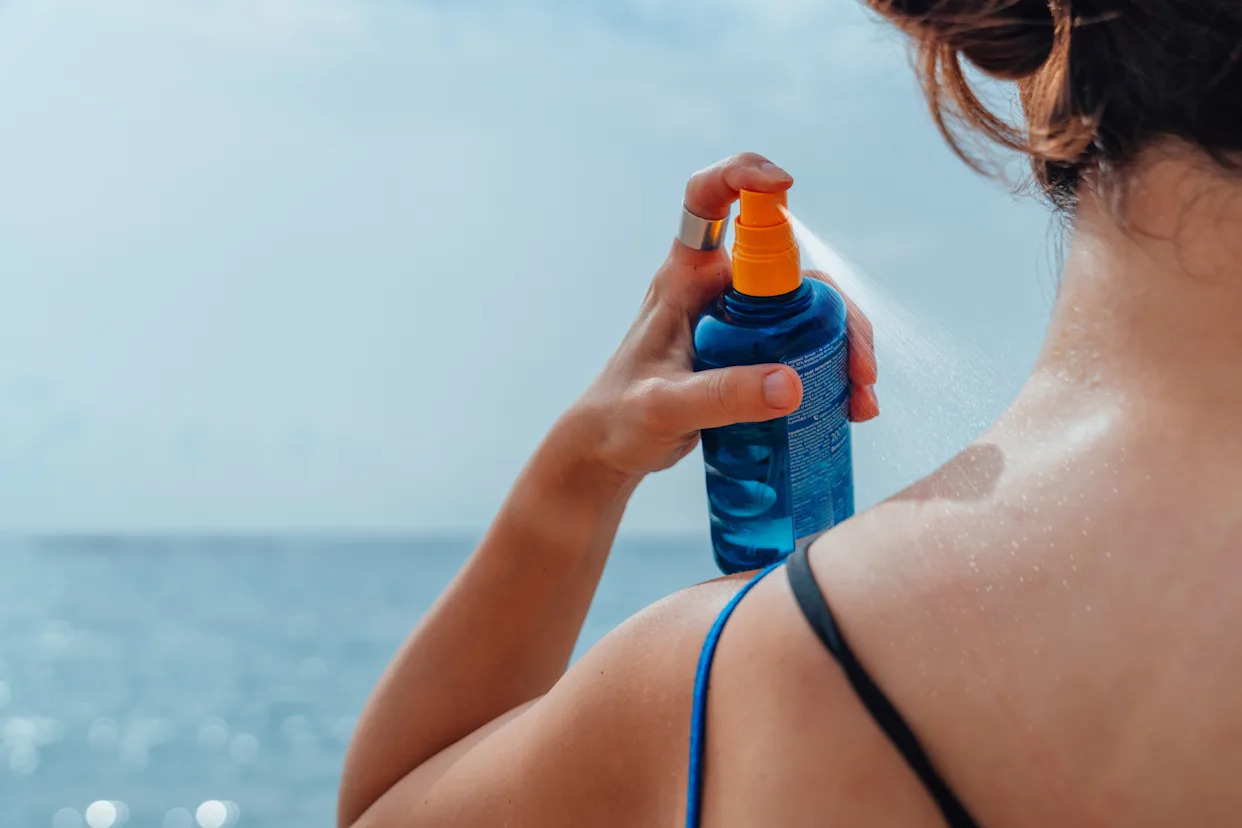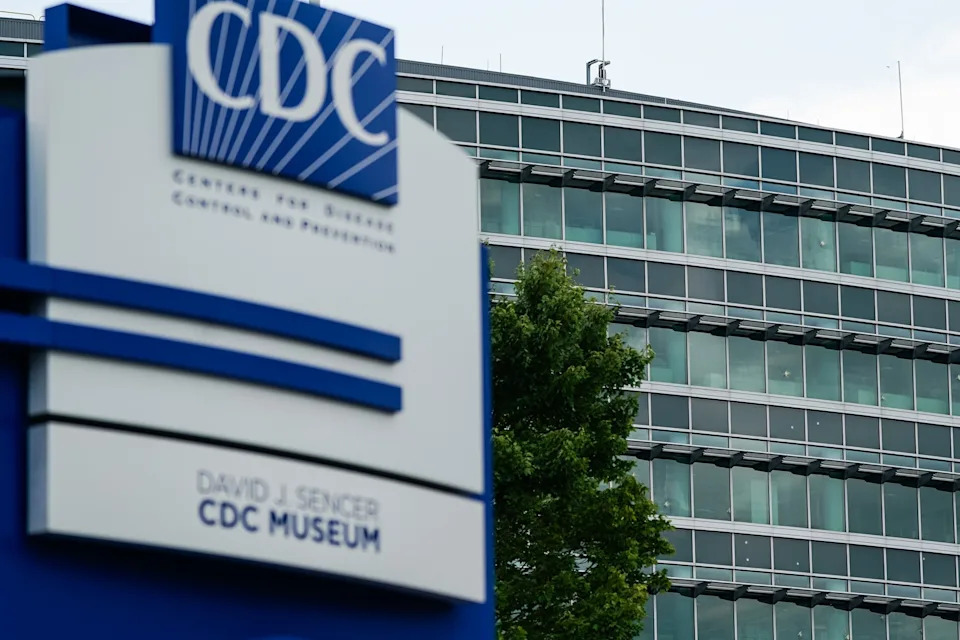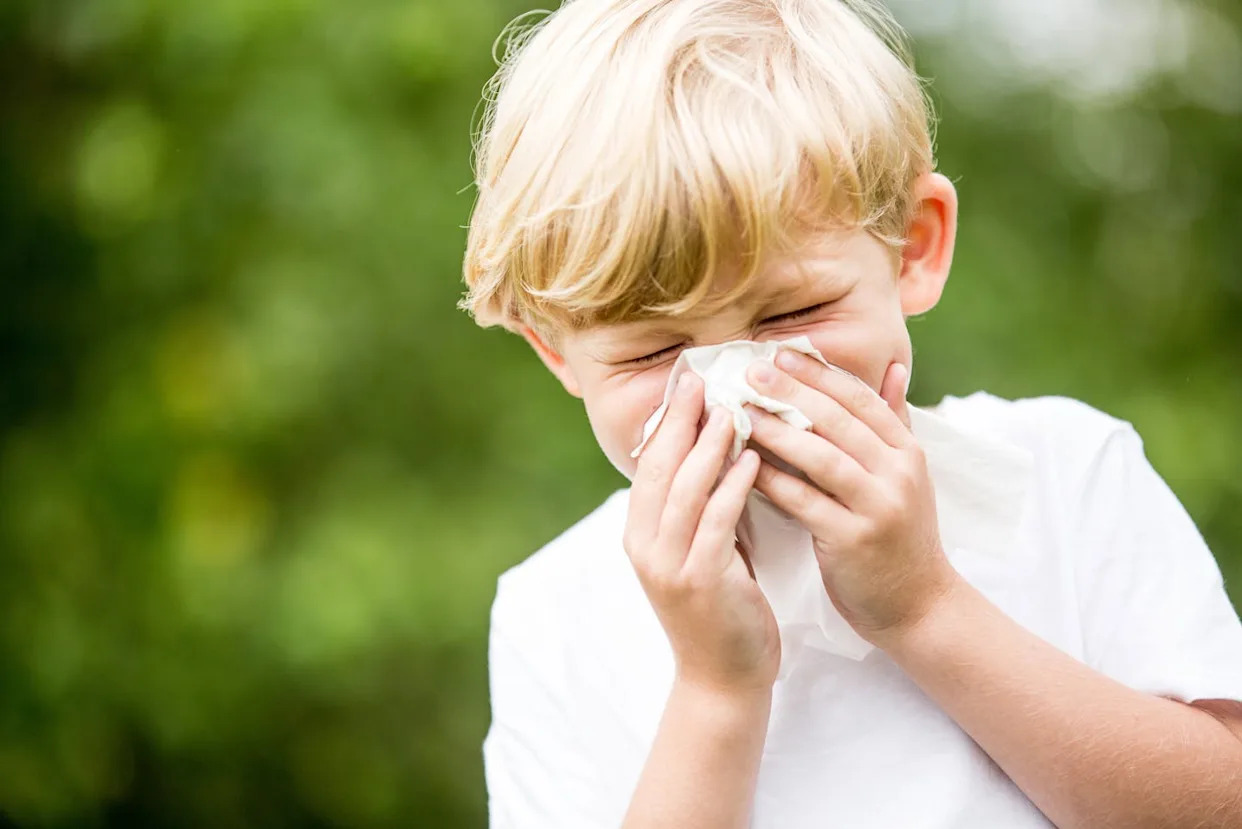
In one TikTok video, a woman declared that she stopped using sunscreen altogether.
In an Instagram reel, a man insists that building sun exposure without sunscreen can help boost a person’s immunity.
And on YouTube, some are promoting do-it-yourself sunscreen alternatives using oil, butters or other natural remedies.
For years dermatologists and health experts have extolled the value of sunscreen to prevent skin cancer and protect people from the ultraviolet radiation of the sun. But a growing anti-sunscreen movement has taken hold on social media, causing confusion about its benefits and alarming public health experts who say avoiding sunscreen increases long-term health risks.
- - -
How does sunscreen work, and what’s in it?
Sunscreen protects the skin by either absorbing or reflecting ultraviolet rays that can cause sunburn, premature aging and skin cancer. Most sunscreen formulas fall into two categories: chemical and mineral.
Chemical sunscreens form a thin protective film to absorb UV radiation. They use ingredients such as avobenzone, oxybenzone and octocrylene to absorb UV radiation and convert it into heat before it reaches the skin.
Mineral sunscreens rely on zinc oxide or titanium dioxide to physically block UV rays from reaching the skin.
- - -
Why is there skepticism of sunscreen?
More Americans are questioning the safety of everyday products, driven by a growing distrust in conventional health advice, pharmaceutical companies and federal regulators. Among them are supporters of Health and Human Services Secretary Robert F. Kennedy Jr.’s Make America Healthy Again movement, who have helped revive skepticism of sunscreen ingredients such as oxybenzone and titanium dioxide.
Some people are also looking for natural alternatives, and they say skin irritation they have experienced from certain products has caused them to shift from conventional products. As a result, alternatives like homemade creams and mineral-based sunscreens have become more popular. Some people are also choosing to stop using sunscreen entirely.
“I am definitely a MAHA mom and voted for Trump so that RFK Jr. could get into office,” said Summer Whiteside, 31, an ER nurse from Wildomar, California, in a text message. “After listening to his podcast on Joe Rogan, I knew he was the man for the job.”
On Instagram, Whiteside, who doesn’t shy away from the label “crunchy,” posts about things like beef tallow for sunburns and her preference for mineral sunscreen. Whiteside, who said she has concerns about the chemicals in sunscreen, uses long-sleeved rash guards on her kids and sunblock only on their faces.
Some wellness figures have claimed that diet changes or building sun exposure gradually can protect against burns, which dermatologists and the scientific community strongly recommend against.
Some in the anti-sunscreen movement point to studies suggesting that certain chemicals cause cancer or are absorbed too heavily into the body. But public health experts say there are no human studies that conclusively prove ingredients like oxybenzone act as carcinogens.
“Oxybenzone has been used since the 1970s in sunscreen, so we would have found out by now if it caused harm,” said Henry W. Lim, senior vice president of academic affairs and former chair of dermatology at Henry Ford Health.
Lim said that some groups will use testing methods and safety thresholds in studies that differ from those required for product approval in the United States.
“A lot of the concerns come from animal studies using high doses, but those results don’t automatically translate to humans,” said Lim, who is also the president of the International League of Dermatological Societies and a past president of the American Academy of Dermatology.
- - -
What do health experts and science say?
Health professionals warn that anti-sunscreen messaging can be harmful for the public because skin cancer remains one of the most common types of cancer, according to the American Cancer Society. Experts say sunscreen is one of the most effective tools for prevention.
Adam Friedman, a professor and chair of dermatology at George Washington University, said skepticism of sunscreen is nothing new. Concerns about chemical ingredients and mistrust in federal oversight resurface every few years, often fueled by social media and wellness trends. But he said the science has remained consistent.
“Ultraviolet radiation is a known carcinogen; there is no debate about that,” Friedman said. “We’ve had decades of data showing that sunscreen plays a critical role in reducing skin cancer risk.”
Studies have shown that regular sunscreen use significantly reduces the risk of skin cancer. A randomized controlled trial in Australia known as the Nambour Skin Cancer Prevention Trial followed more than 1,600 participants for about 10 years. Those who used sunscreen daily had a lower incidence of melanoma compared with those who used it occasionally.
Another prospective cohort study of more than 143,000 Norwegian women found that using an SPF 15 or higher sunscreen was associated with a 33 percent lower risk of melanoma compared with people using less than an SPF 15 or none at all.
The American Academy of Dermatology recommends broad-spectrum sunscreen with an SPF of 30 or higher daily, even on cloudy days. Mineral sunscreens containing zinc oxide or titanium dioxide are considered safe by dermatologists.
Veena Vanchinathan, a board-certified dermatologist in California and a member of the American Academy of Dermatology, said the hesitation regarding sunscreen use in wellness spaces is not supported by current scientific evidence. She explained that just because a sunscreen ingredient is absorbed into the body doesn’t mean it is harmful.
“We see small amounts of absorption from many everyday products without any proven risk,” Vanchinathan said. “Our skin is designed to function as a barrier, not a sponge.”
Her bigger concern is that people are skipping sunscreen altogether or using ineffective unproven alternatives like coconut oil or beef tallow. This could lead to more preventable sun damage, especially among younger people who are influenced by wellness content online.
- - -
Why does the U.S. have fewer sunscreen options than Europe and Asia?
The Food and Drug Administration regulates sunscreen, but U.S. standards have not kept up. The last major sunscreen monograph proposal came in 1999. This document serves as the FDA’s official guideline for what ingredients can be used in over-the-counter sunscreens.
Although the agency proposed updates in recent years, delays have left many newer active ingredients, which are already used in Europe and Asia, unavailable in the U.S.
This regulatory delay has drawn criticism from dermatologists and public health experts who say the U.S. is falling behind global standards and giving consumers fewer safe options. Some people, frustrated by the lack of innovation, are turning to imported products or homemade solutions, which Friedman strongly discourages.
“Would you make Tylenol or Advil in your bathtub?” Friedman said. “There’s no way to replicate the safety, testing and effectiveness of a professionally formulated sunscreen.”
Other countries often approve sunscreen filters faster by following a different regulatory model that emphasizes post-market surveillance and international data. The European Commission evaluates sunscreen ingredients under a cosmetics framework that allows newer filters to reach the market more quickly. Some advocacy groups are calling on Congress to require faster review timelines or align with international standards.
Dermatologists say the science continues to support daily use of FDA-approved sunscreens to prevent skin cancer. They warn that avoiding sunscreen altogether poses a far greater risk than any concern about ingredient absorption.
Related Content
He builds sand sculptures for joy. A huge carving of Crocs put him on the map.
Why we’re still obsessed with Lindsay Lohan
They once shared recipes. Now her family is going hungry in Gaza.





Comments